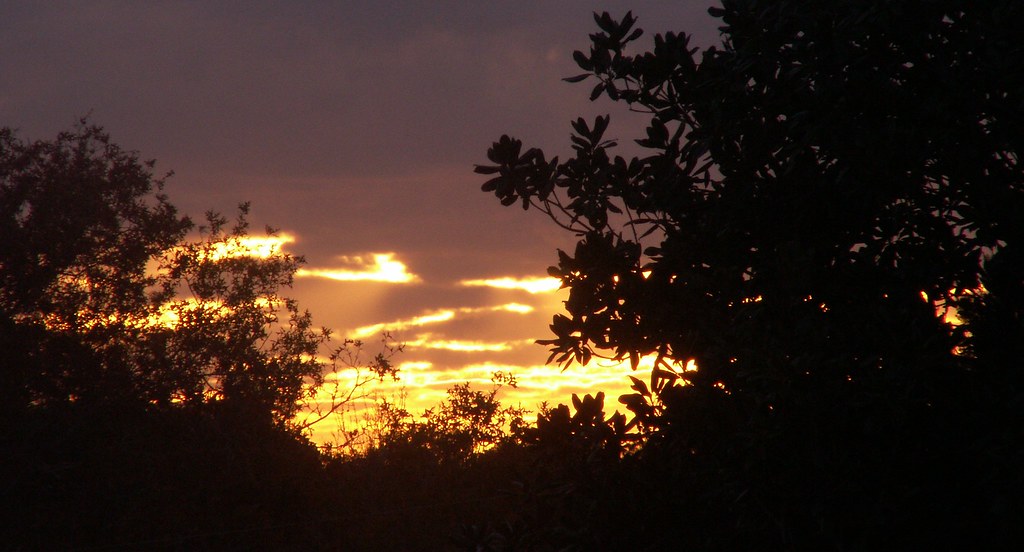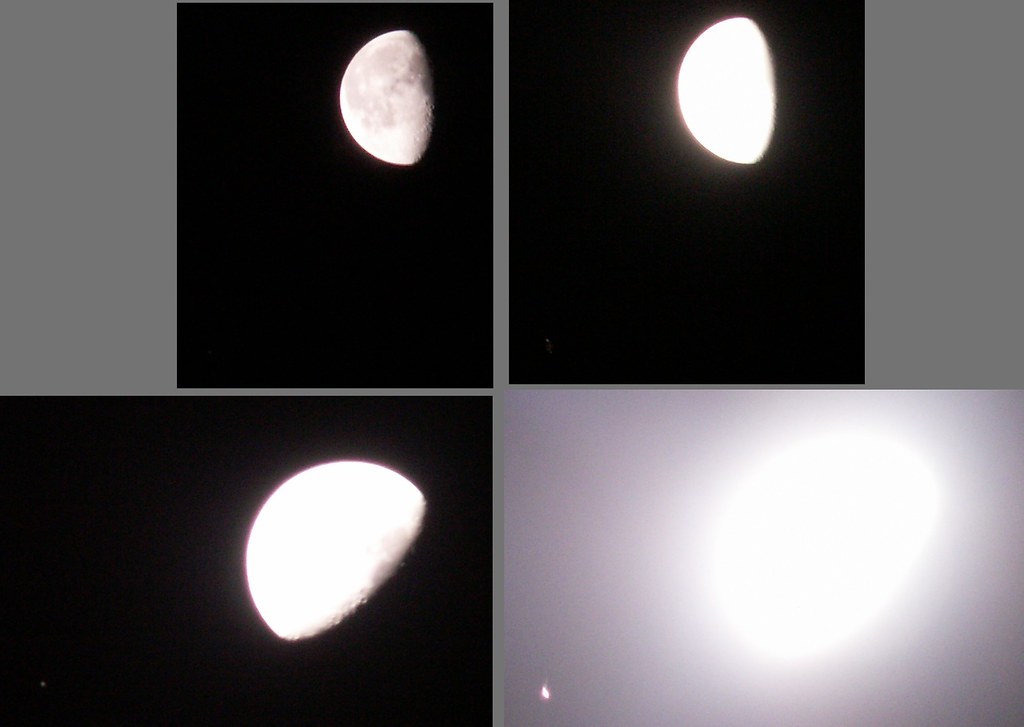By the Numbers

I saw these in a neighbor's yard, catching the late afternoon sun as Mary and I walked home from the post office.
After reading an article in Monday morning's St. Petersburg Times I spent part of the evening multiplying large numbers together and memorizing a pretty cool and quite old technique....
The article, Tom Marshall's Tables turned on math lessons, gives step-by-step instructions on using a lattice introduced by Leonardo "Fibonacci" Pisano in the 13th century.
In other words, what we're now calling "new" math. Or, in Mary's and my case, new "new" math, since "new" math was what we'd learned as kids. Only, it was the old "new" math. Which was quite different from today's "new" math, which dates back to the 13th century.
Mary took one look at the technique and thought of the abacus. Which makes sense, considering that Fibonacci's first mathematics classic was entitled Liber Abaci, which dates from 1202.
I visited the then-Soviet Union in 1981 and saw abacuses in use just about everywhere. That in itself astounded me, but even more so was the lightning speed at which people manipulated the beads. According to Totton Heffelfinger's & Gary Flom's The Bead Unbaffled: An Abacus Manual, the Russian abacus, called a schoty, was invented in the 17th century and differs in design from the Chinese abacus. Then there was the 10th century Mayan abacus, the nepohualtzitzin, designed on a base-20 system.
"Abacus is a Latin word meaning sand tray," say the authors. "The word originates with the Arabic 'abq', which means dust or fine sand. In Greek this would become abax or abakon which means table or tablet....The oldest surviving counting board is the Salamis tablet, used by the Babylonians circa 300 B.C."
Ever since I saw them in use I've been fascinated by them. I think maybe it's time I got one. I had quite a bit of fun playing with Fibonacci's lattice multiplication technique, not least because it was prettier than what I'd learned. And I've always thought the abacus was rather pretty. The fact that it's also quite functional makes it, well, irresistible.

I don't know which bird these tracks belong to. They were by our "post office pond," where I heard several birds calling, including killdeer.

I caught this sunset from the top of a rise during the walk home.
I was hoping to get a look at Sunday morning's triple planetary conjunction of Mars, Mercury, and Jupiter, but I didn't have a clear view toward the east. All were within a degree of each other, an event that last occurred in 1925 and won't happen again until 2053, according to this article (Associated Press, published in the Hartford Courant).
I did catch the Moon/Saturn conjunction, short of the Moon occulting Saturn.

Top row, L-R:
4:48 AM, 1/40-second exposure at f/8
4:47 AM, 1/5-second exposure at f/8
Bottom row, L-R:
6:12 AM, 1/10-second exposure at f/8
6:10 AM, 3"2-second exposure at f/5.6
All times are Eastern Time on Sunday, December 10, 2006.
The elongation of Saturn in the lower right shot is blurriness, not rings. Saturn is barely visible in the lower left-hand corner of the upper right and lower left photos.
The Moon's angle has changed due to its apparent movement resulting from the Earth's rotation. From our viewpoint, the sky turns by one degree about every four minutes. In the time between the top and bottom rows of shots, the sky turned about 21 degrees.
In addition, the Moon moves in its own sidereal orbit about 13 degrees each day. In the time between the top and bottom rows of shots, it moved about 3/4 of a degree on its way toward occulting Saturn: hiding the planet from view.
According to Fact Monster, Saturn was 1 degree 2 minutes south of the Moon at 5 AM on the 10th. The Moon measures a half-degree across.
A great animated .gif of a past lunar occultation of Saturn is here.
Kevin Rosero (omkevin) has a terrific shot of Sunday's Moon-Saturn conjunction here (his elongation of Saturn is rings!), and of the triple planetary conjunction here.











3 Comments:
The top photo is rather erotic and beautiful colored.
I only do "basic math." But I do remember a teacher bringing in an abacus and being amazed to learn that people in parts all over the world used them. I guess you can't invent a better mouse trap.
That photo of the sunset is gorgeous. I heard a cool term, new to me, a while back ... "magic light." I believe it referred to a certain quality or tone of sunlight right after sunset or just before sunrise. It struck me because I remember as a child a special "something" about that kind of sunlight, although I never had a name for it. I haven't noticed it in years.
Abacuses kind of began and ended my real interest in math :-) I love them. And really enjoyed using one again when I was teaching my children how to count and do simple addition and subtraction many years ago. So I enjoyed your perusal of them. Fab photos too!
Post a Comment
<< Home